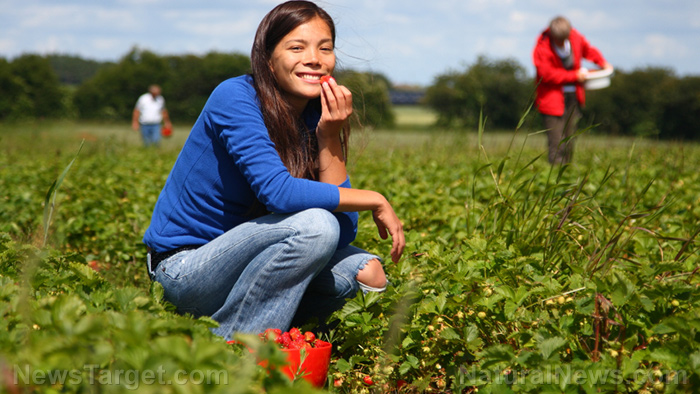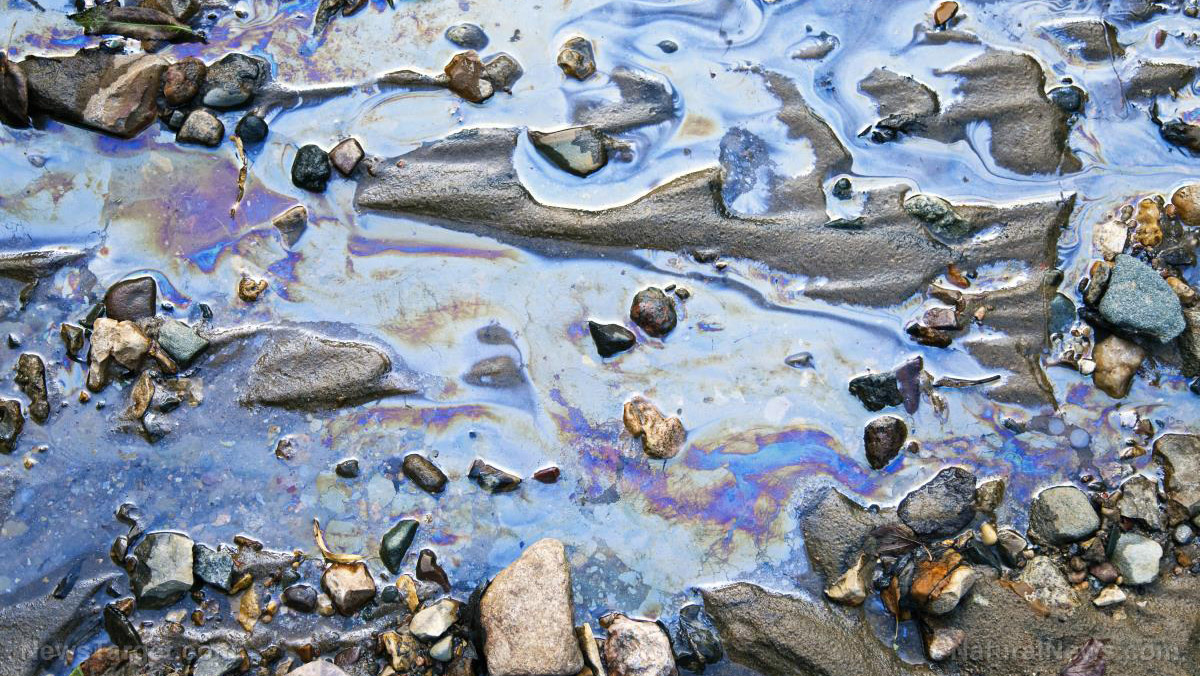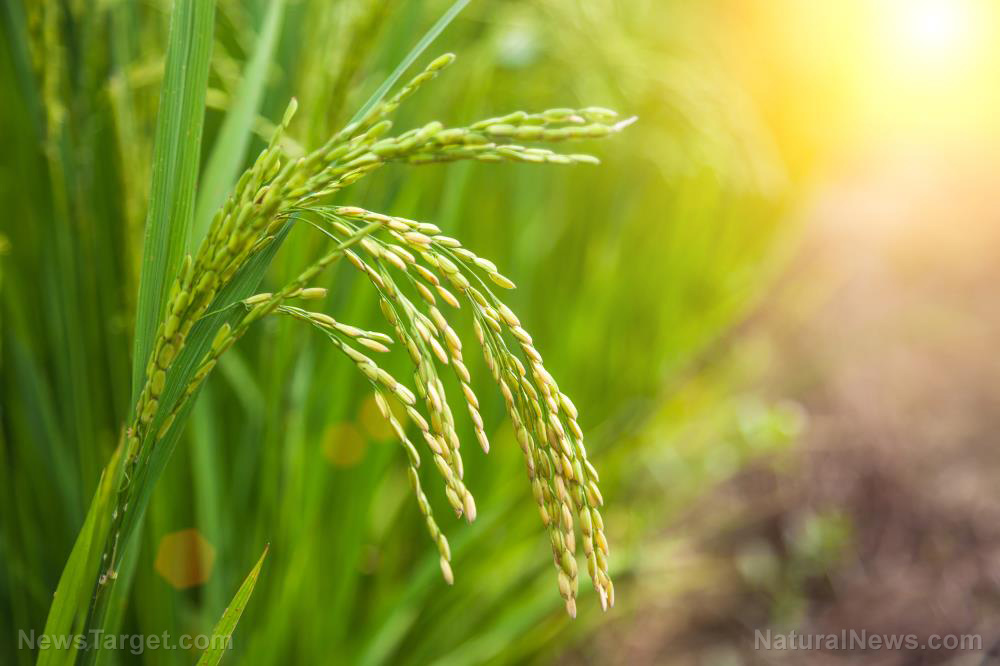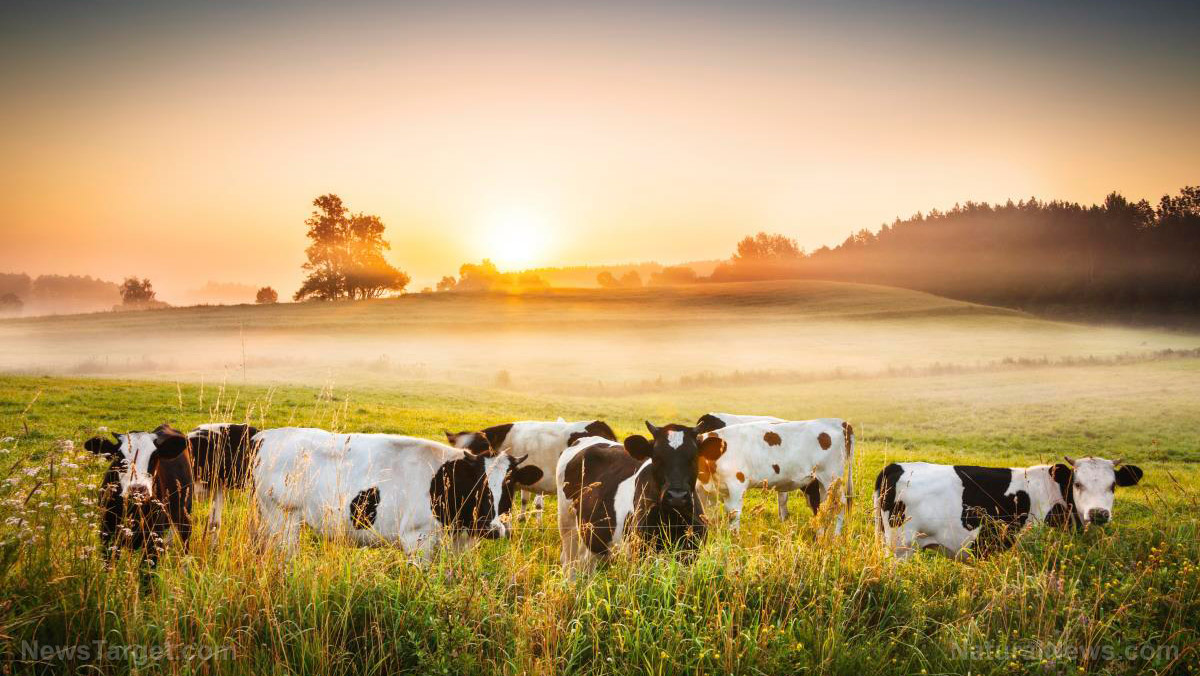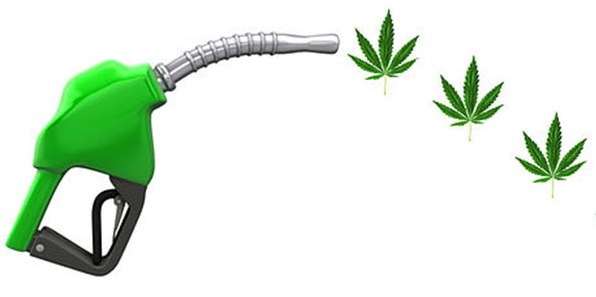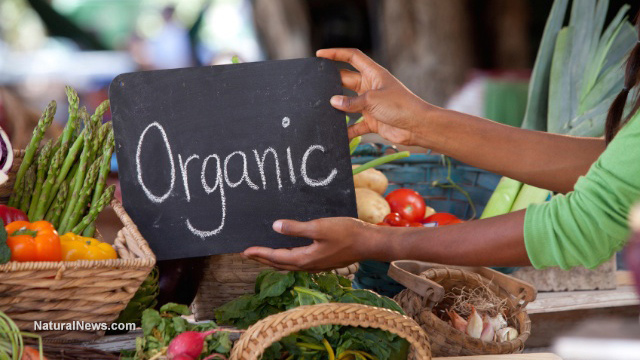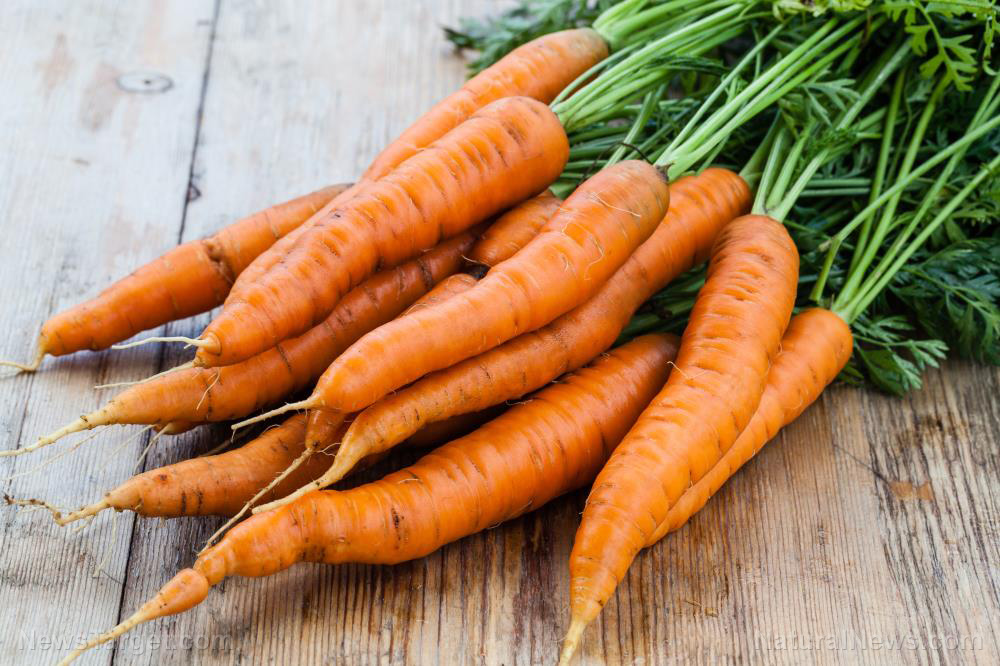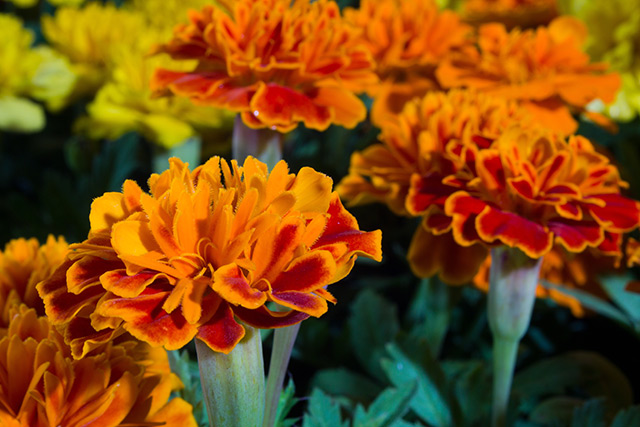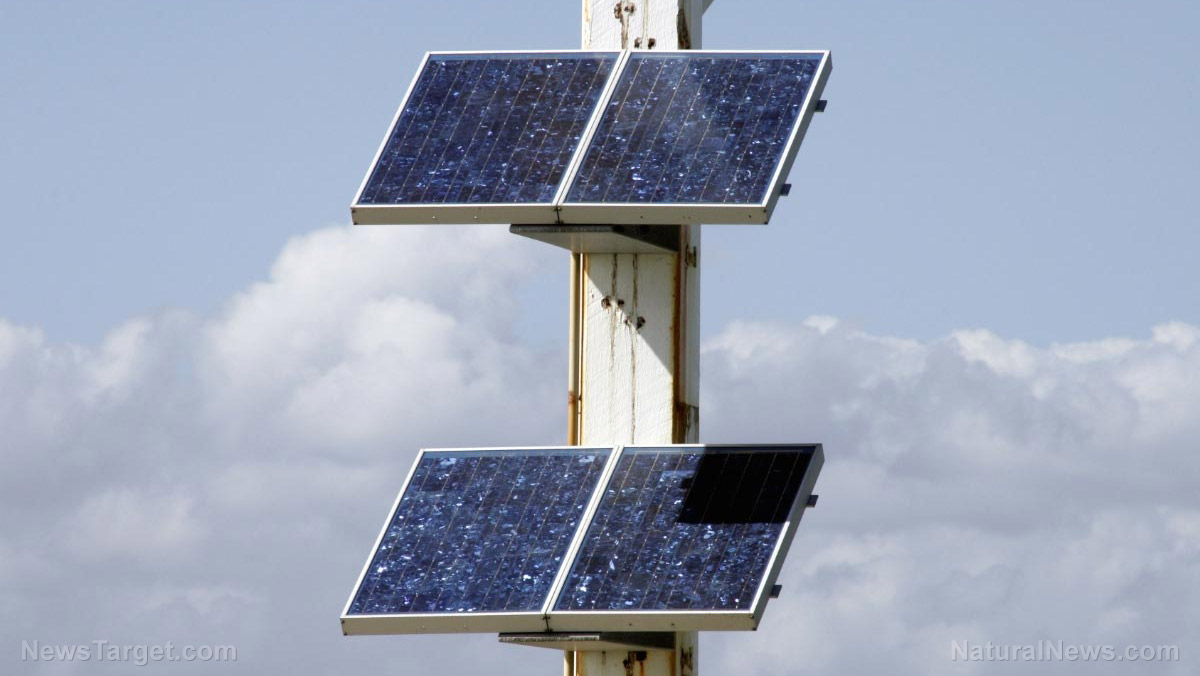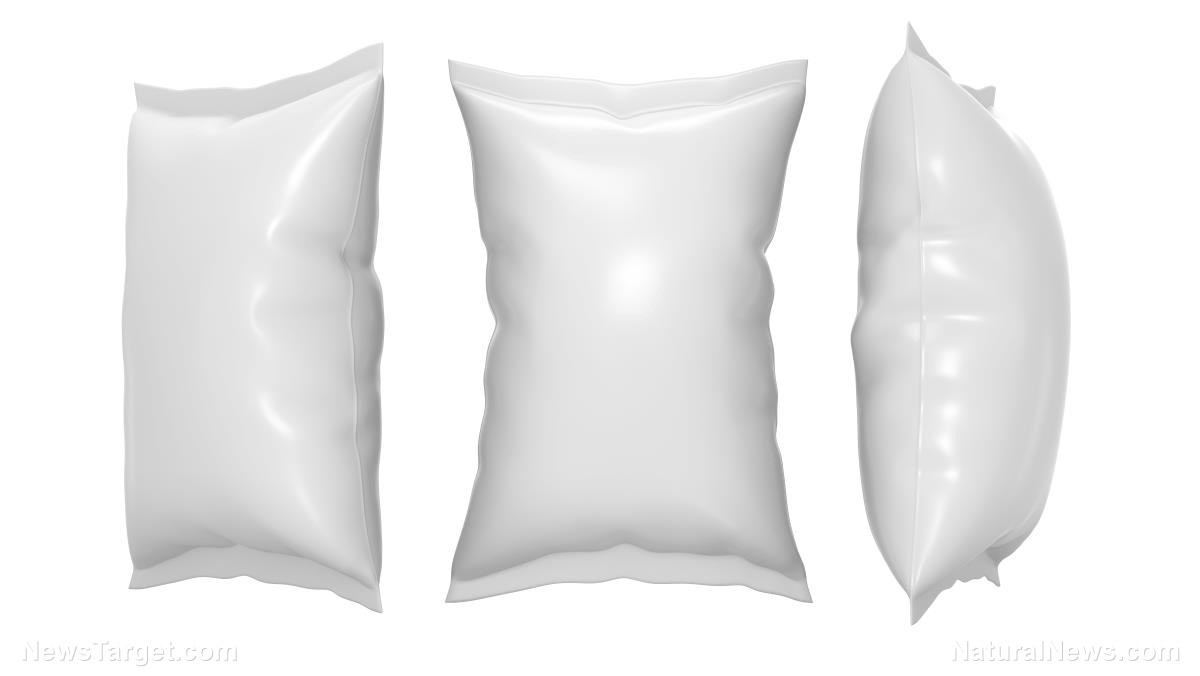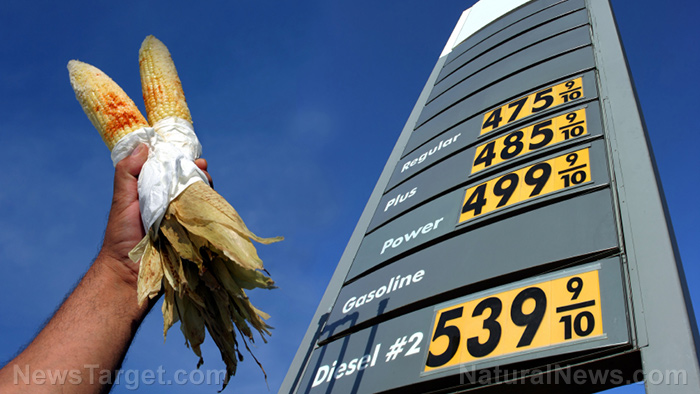Seeking out valuable rain-fed pasture options to increase crop production
02/01/2019 / By Ralph Flores
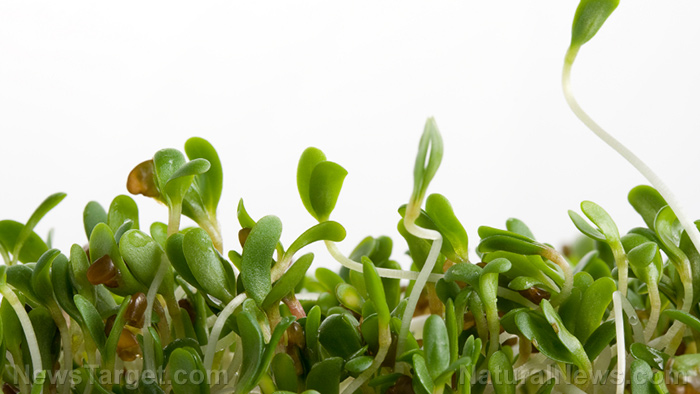
Food insecurity, or the lack of access to affordable and nutritional food, is a problem that affects a lot of people around the world. Multiple studies have shown that high poverty rates and the inability to obtain nutritional food are considered to be the primary factors for the problem. For the latter, however, it’s also important to consider that geography also plays a role in it. The lack of arable land in an area, for instance, could contribute to food insecurity.
An example of how to address this concern was laid out by researchers from Chile — a region where only 1.7 percent of the land is arable. In their study, which was published in the European Journal of Agronomy, they revealed that getting rain-fed forage could be a viable alternative for improving both crop and livestock production. In particular, they looked at nine cultivars of alfalfa (Medicago sativa) for the study, looking at its ability to yield forage and survive the dryland conditions of central Chile.
The four-year study was the first of its kind to demonstrate the use of alfalfa as a forage. While the plant is grown around the world, both as food and feed, it is widely available in Chile, where it can grow even in mountainous and drought-prone areas. To determine its viability, the team scored the plants based on its ability to survive dryland conditions, how much forage it yields every year, and its efficiency in water use.
The results were positive. For one, the plants were considered to be water efficient: a millimeter of rainwater is equal to 16 kg of plant material. In comparison, crops that were grown in the Mediterranean region, which has a similar climate with the area, only had a ratio of 7.6 kg of grain per millimeter of rain.
In addition, the plants also produced high forage yields. These yields, in particular, can be beneficial for local agriculture, given that the forage could extend growing periods up to summer. (Related: Soils treated with organic fertilizer are healthier; produce stronger plants.)
Other benefits of alfalfa in agriculture
The alfalfa plant has come a long way since it was first domesticated in Iran. In the U.S., alfalfa is one of the country’s most valuable crops, preceded only by corn and soybeans. It’s widely regarded for its ability to endure some of the most punishing environments, ranging from the freezing climate of northern states like Minnesota to the dry valleys of California. It’s also closely linked to dairy production, as alfalfa is the primary forage crop for producers in the U.S. and the world.
However, not a lot of people know how important alfalfa are in modern agriculture. Here are just some of the ways the hardy plant helps in food production.
- It prevents erosion. Alfalfa protects the soil by keeping the soil in place with its extensive root system. This also provides a protective above-ground canopy, while reducing the amount of cultivation needed.
- It promotes weed suppression. The dense canopy of the alfalfa plant ensures that weed seeds are suppressed, reducing the need for harmful pesticides.
- It improves nitrogen absorption. If alfalfa is used in crop rotation, subsequent crops can take advantage of the amount of nitrogen that the plant has fixed in the soil.
Learn more about how alfalfa can be used in agriculture at Harvest.news.
Sources include:
FAO.org [PDF]
Agri.UCDavis.edu [PDF]
Tagged Under: alfalfa, cultivars, dryland environments, growing season, Medicago sativa L., organic farming, planting season

